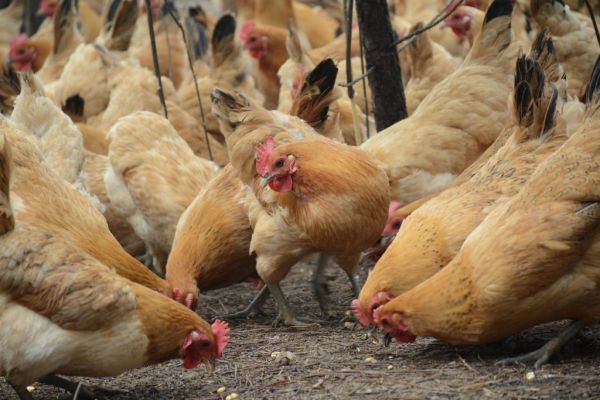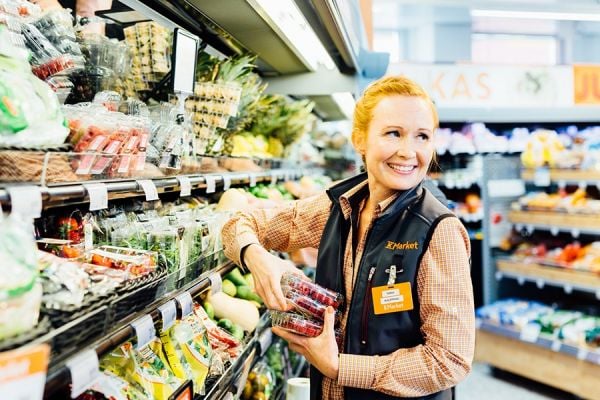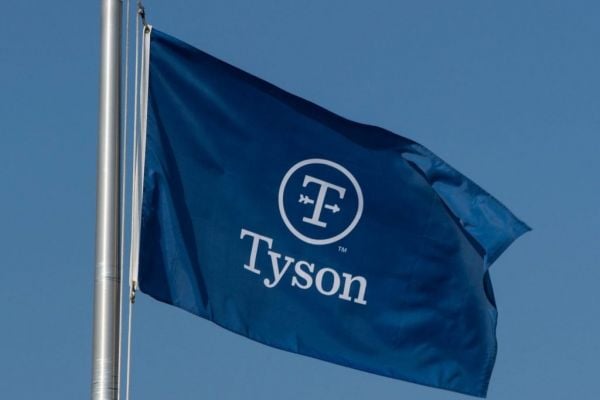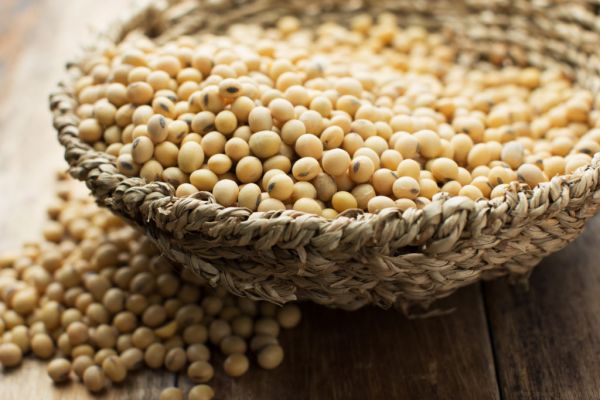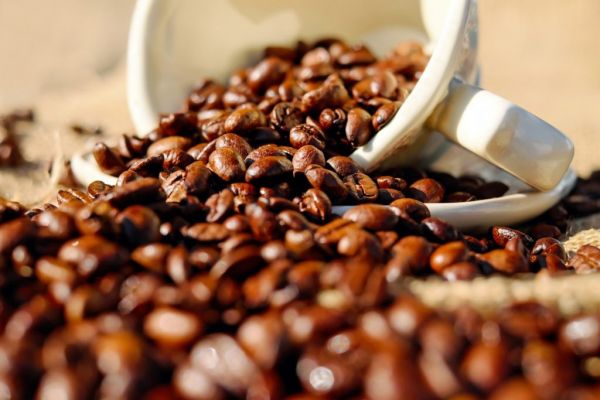As if Americans didn’t have enough chicken on the menu already, production of the nation’s most popular meat is headed for the biggest growth spurt in more than a decade.
Companies including Tyson Foods and Sanderson Farms are leading an industry expansion, with new processing plants from Tennessee to Texas, fuelled by years of profit gains from cheap feed grain and record demand. Even retailer Costco is getting into the act, building its first-ever poultry plant in Nebraska.
While US consumers are eating more chicken nuggets, boneless breasts, and wings than ever, Sanderson estimates that the industry’s production will increase by 3% annually, from 2019 through 2021. That’s the most since a three-year expansion ended in 2005, creating a possible “dogfight” for market share and jeopardising prices that last year were 10% higher than in 2016.
“I don’t see this construction causing prices to crash, but it certainly is going to take away from any upside,” said Tom Elam, president of Indiana poultry consultant FarmEcon.
Profit Boom
The industry has been riding a profit boom as low feed costs allowed farmers to raise bigger birds, and more of them.
Americans have been eating more chicken than any other meat for two decades, but demand has taken off in recent years. Per-capita consumption will jump to a record 92.4 pounds this year, up 15% since 2012, US Department of Agriculture data shows.
Tyson, which also produces beef and pork, had record earnings in the fiscal year ending 30 September. On Thursday, the Springdale, Arkansas-based company probably will report that net income for the three months through the end of December was $541 million, or $1.50 a share, according to the average of seven analysts’ estimates compiled by Bloomberg.
Analysts predict quarterly earnings gains later this month for Greeley, Colorado-based Pilgrim’s Pride and Laurel, Mississippi-based Sanderson Farms. The two companies, along with Tyson, control almost half of domestic supply.
Poultry production has been profitable since 2011, when surging corn and soybean prices led to losses that forced companies to cut back operations. Since then, output has continued to increase to almost 19 million metric tonnes this year, mostly by raising bigger birds, USDA data shows.
Most of the processing expansions will be completed beginning next year. Sanderson, which has added seven plants since 1993 and has been more aggressive about adding capacity, recently broke ground in eastern Texas. Tyson, the biggest producer, plans to build its first new chicken plant in two decades, opening in 2019 in western Tennessee.
Costco says that its $300 million plant in Nebraska will produce almost 100 million chickens a year, supplying about a quarter of what its stores need and reducing costs by 10 cents, to 35 cents a bird.
The pace of planned expansions has some analysts concerned. Shares for Tyson, Pilgrim’s and Sanderson have fallen since mid-December. Frozen chicken supplies are at a 12-year seasonal high, and the USDA forecasts broiler prices to slip about 3.2% in 2018, to average 90.5 cents a pound.
“There may be more expansion than we had initially thought,” Heather Jones, an analyst at Vertical Group, said in a 5 February report. In a separate interview, Jones said that while the production increases will be absorbed by the market, “margins will be compressed.”
The outlook also could be tripped up by lawsuits filed by chicken buyers accusing producers of illegally conspiring to raise prices and any disruption in trade deals that have helped fuel US exports.
Changing Tastes
Still, some older plants may be closed as more efficient facilities are built, and not all the new capacity may get used if market conditions deteriorate, said Christine McCracken, an animal-protein analyst at Rabobank.
Some producers have no choice but to add capacity if they hope to meet growing demand because efforts to make birds bigger may erode the texture and appeal of the meat. Others need new facilities to address the changing tastes of consumers.
Bell & Evans, an organic and specialty chicken company in Pennsylvania, is constructing a facility that will process 2.6 million chickens a week when it opens in 2020. The company supplies retailers including Whole Foods Market, Inc. and Amazon.com, Inc.
“I’ve got to expand,” owner Scott Sechler said. “We rarely change prices, and when we do, it only goes up.”
News by Bloomberg, edited by ESM. Click subscribe to sign up to ESM: The European Supermarket Magazine.
